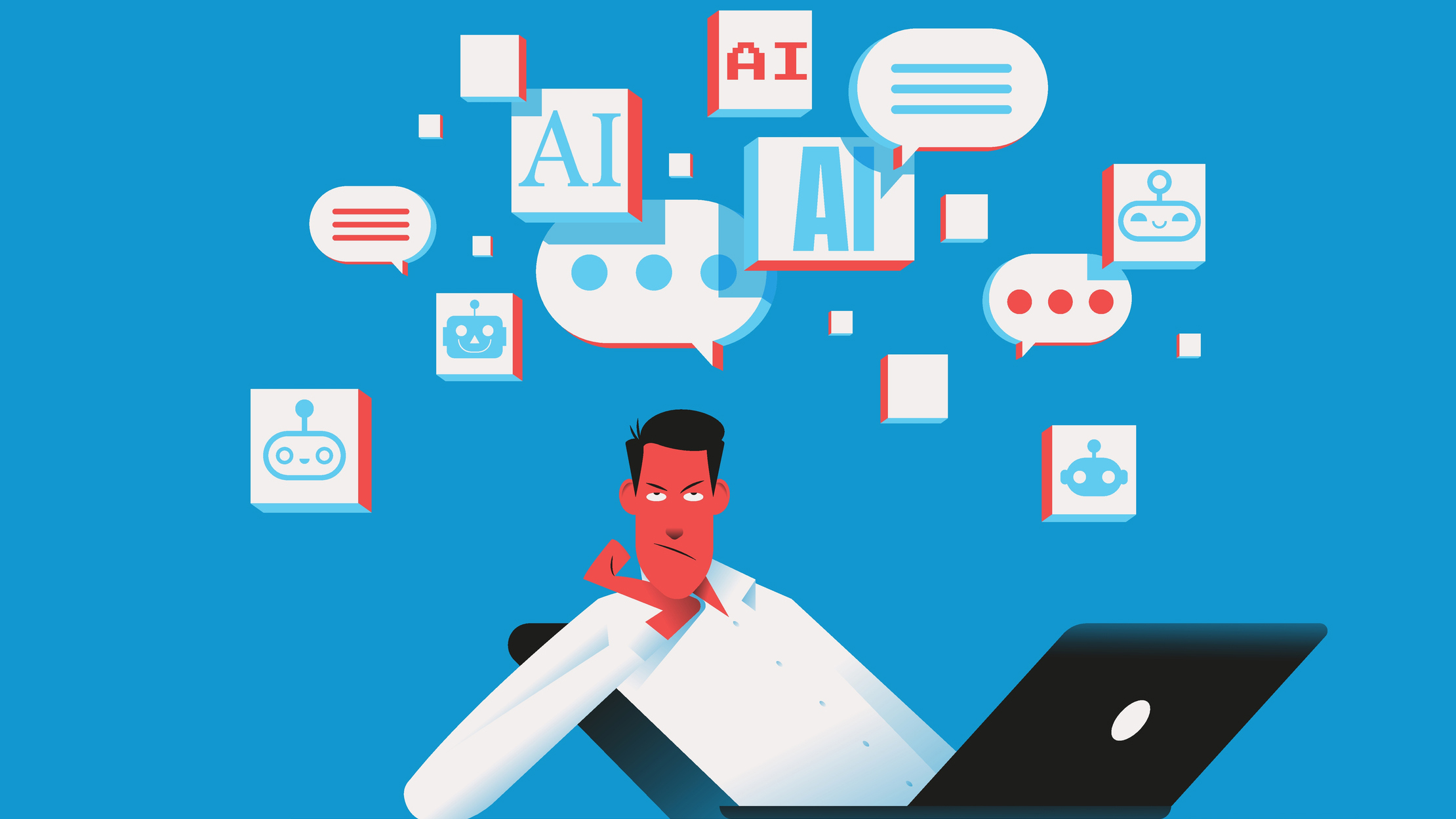Managing change fatigue in the generative AI era
Leaders must recognize the constant need to adapt to new technologies is leaving some employees feeling drained and disillusioned


Employees are becoming tired of the rush to implement AI and its different guises.
According to an EY report released in December that measured the pulse of AI investments, half of 500 US-based senior executives reported that they had seen company-wide enthusiasm for AI decline and 54% of the respondents revealed they felt they had failed as a leader.
This is indicative of a broader trend that is sweeping the workplace: change fatigue. Though the concept has been mentioned in business management books since the early 2000s, it gained traction when the pandemic turned the working world upside down. The return to offices has left workers feeling exhausted and, now, they’re having to adapt to new technologies.
As Joy Burkholder Meier, general counsel and chief human resources office at application security software provider Black Duck, puts it: “AI presents a new level of uncertainty for the tech world. This is problematic, because employees may see another uncertainty as something not worth sticking around for.”
“If employees are distracted by the uncertainty of their roles, they can become less engaged in their work and instead spend time worrying about the future,” continues Burkholder Meier. The consequence of this is that some employees could decide to suffer in silence, impacting their productivity, and eventually lead to quiet quitting and higher levels of attrition.
Set out your strategic roadmap
One reason why change fatigue sets in is what Alex Adamopoulos, CEO of digital business services firm Emergn, calls the “long wait for value”. Like with digital transformation, AI can be adopted and “rolled out with grand intentions, but fail to show tangible progress quickly enough”. Employees can become disengaged when there’s no immediate impact.
For the most part, businesses are aware that AI can’t deliver an instant return on investment (ROI). A 2024 survey by IT research and advisory firm Forrester found that half of companies that have implemented AI expect to see an ROI within the first three years, while 44% are playing the long game and don’t believe they’ll see an ROI for at least three years. However, there will be some leaders who are less patient and who may end up being disappointed when they don’t see an ROI within 12 to 18 months, and may decide to axe AI projects before they’ve had time to deliver results.
Sign up today and you will receive a free copy of our Future Focus 2025 report - the leading guidance on AI, cybersecurity and other IT challenges as per 700+ senior executives
Leaders who set unrealistic expectations are likely to put more pressure on their employees, who, in turn, are more likely to become dissatisfied. The key to avoiding this is to have a strategic AI roadmap that sets out both short-term and long-term goals as well as KPIs and milestones. “The relentless push to deploy AI without any clean strategic alignment leaves employees overstretched and disillusioned,” says Oliver Shaw, CEO of organizational design platform Orgvue.
A lack of strategy can lead to workers worrying about what AI will mean for their role. Leaders should be taking a data-driven approach to their workforce planning, adds Shaw. They should be “proactively modeling future scenarios, anticipating skills gaps, and strategically managing talent” to alleviate any concerns their employees might have and to help them to adapt to any changes.
For example, leaders should be asking what impact AI will have on a role’s contribution to revenue, how work affected by AI, specifically large language models, can be redistributed, and whether they can find and train AI internal talent instead of hiring externally. According to Shaw, this can result in “natural workforce movement rather than disruptive restructuring”.
Communicate clearly and build trust
Whatever the strategic roadmap, there needs to be clear communication from leaders about how their company plans to implement any new technology. This is particularly true when it comes to what value AI can add “Employees will be curious about how AI can benefit them in their roles, so having a value proposition ready is important,” stresses Burkholder Meier
Communication helps to build trust, she adds. “If employees don’t trust leadership to begin with, then there will be skepticism around new initiatives – AI or otherwise. But, if employees trust you and you have a clear path forward that’s communicated early and often, it’s going to be much easier for employees to manage the change.”
Richard Hanscott, CEO of business communications specialist Esendex, agrees with this. “As much as technological advances are driving the rate of change, people are central to the success of any transformation,” he says.
To guide employees through change, Hanscott recommends leaders maintain open feedback loops and take regular pulse surveys to gauge the general mood of the workforce. Training and workshops that help to build resilience can also equip employees with the confidence and skills they need to manage the challenges and psychological stress that comes with change.
Taking these steps isn’t going to prevent feelings of discontent and disillusionment from setting in among employees in the future, but it means leaders will be better placed to manage change and minimize any disruption.
“Those who don't adapt their workforce management practices to this new normal could end up alienating their best talent and falling behind,” concludes Hanscott.
Rich is a freelance journalist writing about business and technology for national, B2B and trade publications. While his specialist areas are digital transformation and leadership and workplace issues, he’s also covered everything from how AI can be used to manage inventory levels during stock shortages to how digital twins can transform healthcare. You can follow Rich on LinkedIn.
-
 Zyxel NWA210BE review
Zyxel NWA210BE reviewReviews The new MLO mandate may be a problem for some businesses, but Zyxel's NWA210BE is an affordable alternative to more costly tri-band Wi-Fi 7 APs
-
 What is job hugging and is it a problem?
What is job hugging and is it a problem?In-depth The hiring downturn is resulting in more employees opting to stay put. Leaders can use this as an opportunity to boost retention
